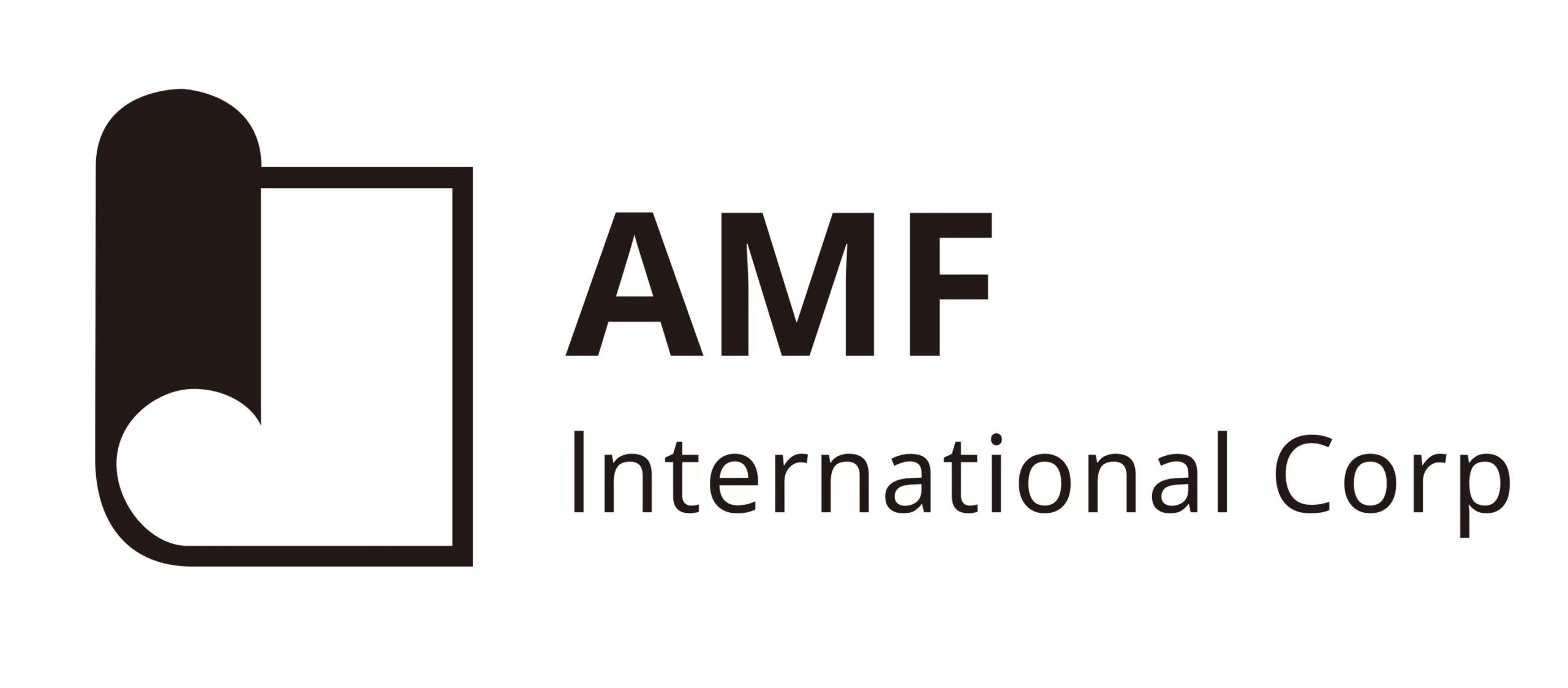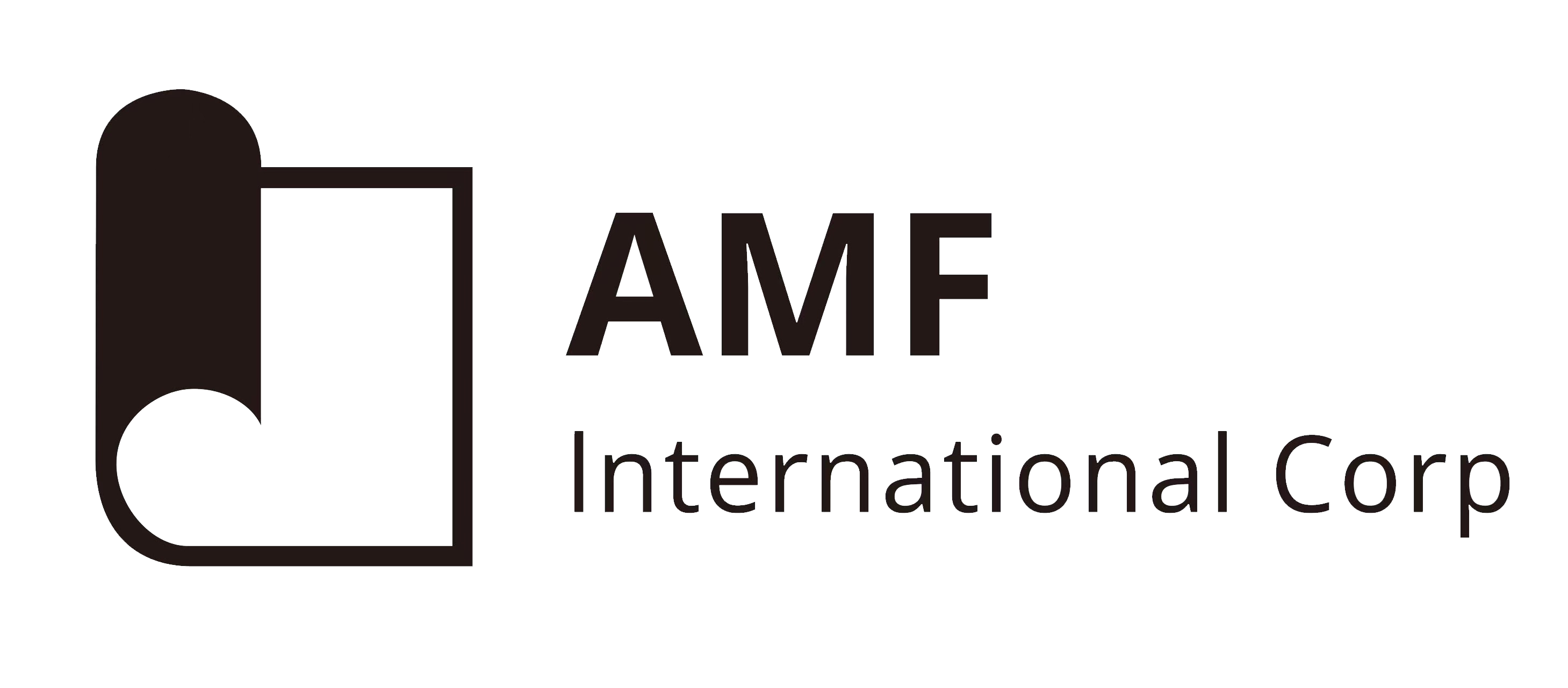The application of magnesium alloy etching plates has seen significant growth in the printing industry in recent years, driven by the escalating demand for high-quality metal template materials. As magnesium plates entered the market, their superior qualities gained widespread recognition, rapidly expanding both in terms of application domains and quantities. It has become evident that magnesium is progressively overtaking traditional copper and zinc plates.
The low melting point and lively chemical properties of magnesium present challenges and bottlenecks in alloying. The hexagonal close-packed structure of magnesium results in minimal slip systems, causing poor deformation performance at room temperature. The production of high-performance deformable magnesium plates requires multiple passes of isothermal and crystal angle rolling, contributing to the relatively high processing costs, which in turn has limited the rapid popularization of etching magnesium plates. Nevertheless, the advantages of magnesium, such as its lightweight nature, rapid thermal conductivity, efficient heat transfer, high surface hardness, and easy demolding, are noteworthy. During the hot stamping process, etching magnesium plates undergo minimal deformation, exhibit exceptionally high resistance to printing, corrode rapidly with uniform slopes, maintain good continuity, and offer smooth edges. These characteristics position magnesium plates as a corrosion-resistant metal material with numerous advantages, leading to their widespread adoption on a global scale in various fields, including printing, packaging, nameplates, and decoration.
The increasing adoption of etching magnesium plates can be attributed to their remarkable advantages of rapid heat transfer, deformation resistance, and high resistance to printing. In the paper packaging industry, etching magnesium plates are employed as hot stamping plates and embossing plates. Given their relatively light weight compared to plates of similar sizes, magnesium plates facilitate convenient transportation, installation, and plate sticking. The small thermal capacity of etching magnesium plates results in superior hot stamping effects, producing bright gold characters and finely detailed, glossy patterns. Notably, the hot stamping speed of magnesium plates is significantly faster than that of copper and zinc plates, with a 20% higher printing resistance compared to copper plates, effectively increasing processing speed and saving on labor costs. In the wine box paper packaging industry, etching magnesium plates are extensively used as embossing and hot stamping templates, leveraging their excellent resistance to printing and rapid heat transfer to significantly enhance operational efficiency.


